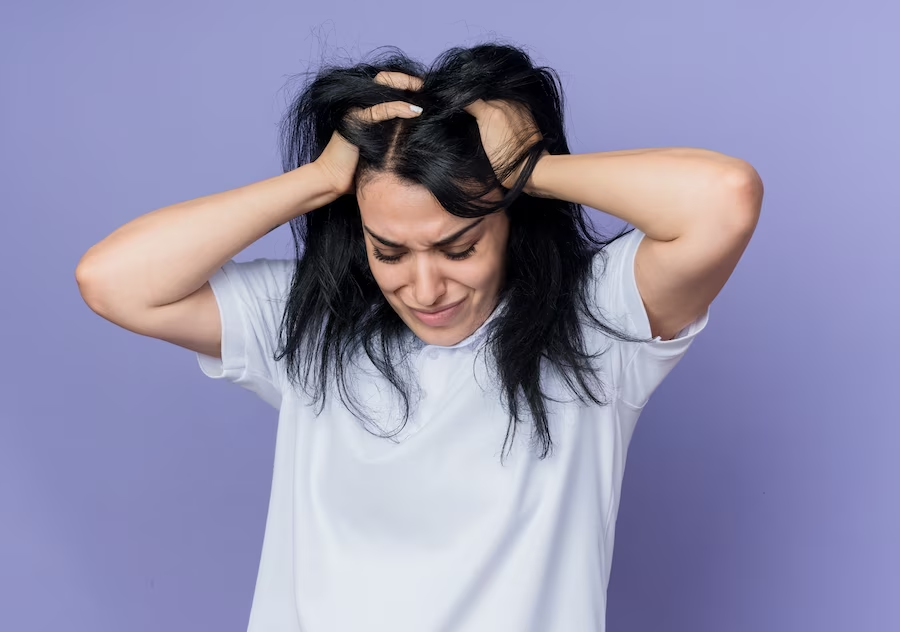Have you ever noticed small warts around the neck?
Do you see dark spots on your neck and underarms?

If small warts, also known as skin tags, appear around your neck and black freckles or spots appear, then there is a high chance that you are at risk of diabetes. Skin tags and freckles on the neck are closely associated with insulin resistance which can put you at risk of diabetes in the future. Skin tags are also related to high triglycerides in the blood which are again linked to diabetes and heart diseases. Yes, often, the symptoms of the internal problem of the body are visible externally.
Expert Niharika Budhwani of Health Hatch, a nutrition company, recently shared a video related to it through her Instagram. In its caption, she wrote, 'Skin tags or blackish pigmentation on the back of the neck and underarms may be associated with increased insulin resistance and may increase the risk of diabetes.'
She further wrote, Do you have these black and small warts on the neck and underarms? According to research, you may be insulin resistant or have hypertriglyceridemia. Before knowing about the ways to prevent it, let us first understand what is insulin resistance?
What is insulin resistance?
When the food you eat is digested and broken down into glucose, insulin is a hormone that helps control high blood sugar levels. You suffer from insulin resistance, your body's cells do not respond well to the insulin that is being released, the glucose that is now broken down cannot enter the cells and so it builds up in the blood and eventually type 2.

Insulin stimulates glucose uptake, increases lipogenesis, and inhibits lipolysis, thus increasing the risk of diabetes and increasing blood lipids, especially triglycerides. Insulin also stimulates keratinocytes and melanocytes, thus giving dark skin and skin tags. Therefore, early detection of insulin resistance in patients may play an essential role in preventing further health complications.
Measures to prevent insulin resistance
Good diet
The most important thing here is to work on your diet - limit processed foods like sugar, bread, and bakery products. Opt for whole grains and cereals like porridge, bajra, jowar, chickpeas, rajma etc. Include 3-4 servings of a variety of fruits, seasonal local fruits and vegetables daily in your diet.
Include protein in every meal. Include good fats like nuts and seeds and limit your intake of refined oils. Opt for cold press oil. Include 1-2 cups of salad in your lunch and dinner. Certain fruits, such as cherries and berries, are rich in antioxidants and help improve your HbA1c. Follow a low glycemic diet.
Exercise

Any type of activity can help reduce your IR, and insulin resistance.
Plenty of sleep

A good night's sleep and low-stress levels also help improve your insulin resistance.
Image Credit: Shutterstock & Freepik
DISCLAIMER
Your skin and body are different just like you. We endeavour to bring you accurate, safe and expertly verified information through our articles and social media handles but still consult your doctor before trying any home remedy, hack or fitness tip.










